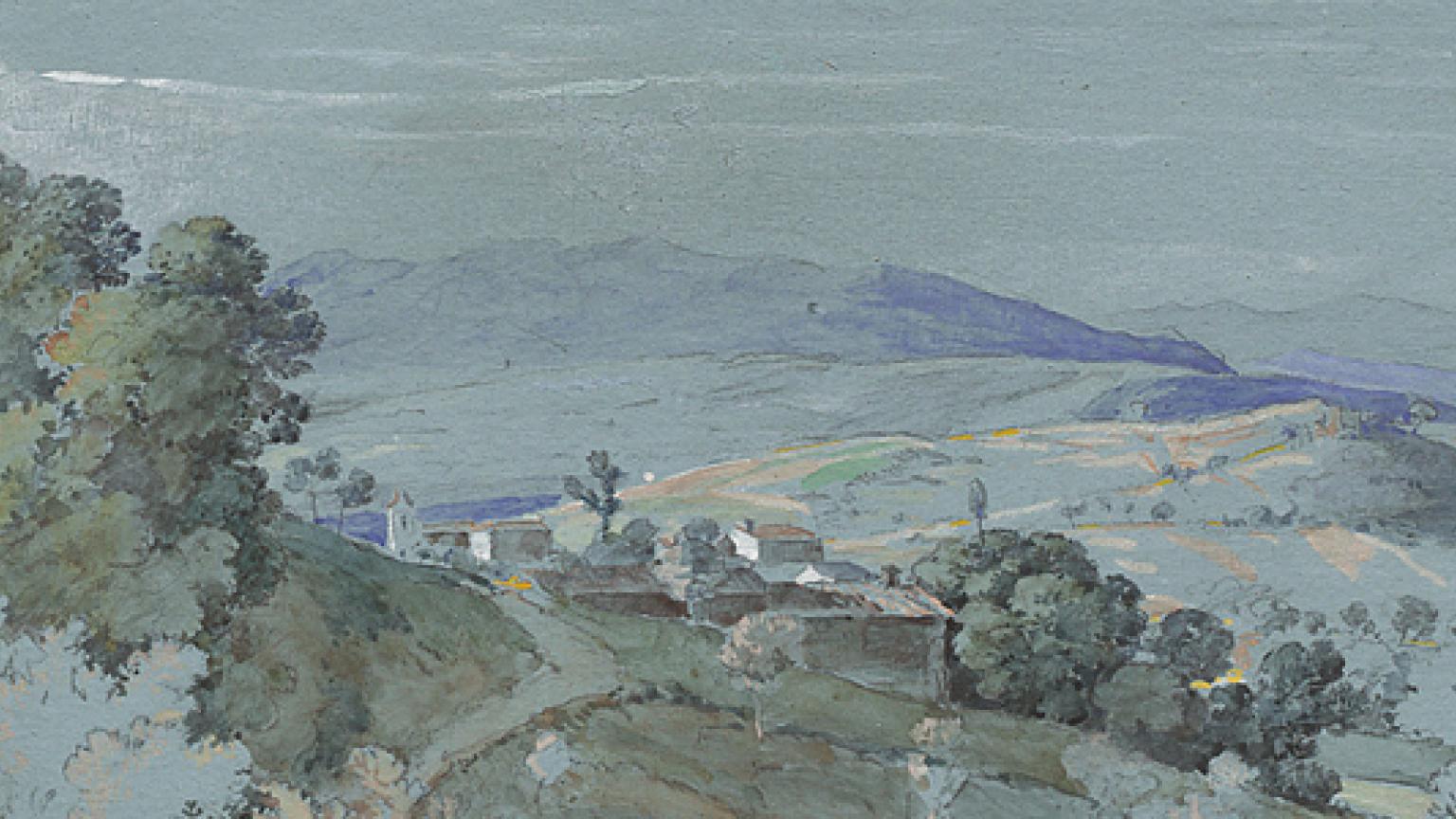Past Exhibition
German Master Drawings from the Wolfgang Ratjen Collection, 1580–1900

Details

Overview: 120 drawings from the Wolfgang Ratjen Collection at the National Gallery of Art were shown in this chronological exhibition of works by artists from Germany and German-speaking areas of Europe, German-born artists working abroad, and artists from other areas who spent time in Germany. The drawings dated from the late 16th through the 19th centuries and included works by Adam Elsheimer, Karl Friedrich Schinkel, Otto Runge, Adolph Menzel, Caspar David Friedrich, and others. A complementary exhibition drawn from the museum's collection, German Master Drawings from the National Gallery of Art, 1580–1900, was shown at the same time in neighboring outer tier galleries. An exhibition of Italian drawings from the Ratjen Collection was presented later in 2011.
To celebrate the exhibition during its opening month, the Teiber Trio performed Bach's Goldberg Variations on May 23. Randall Scarlata, baritone, and Thomas Bagwell, piano, performed lieder by Mendelssohn, Schubert, and Schumann on May 26.
Organization: The exhibition was organized by the National Gallery of Art. Andrew Robison, senior curator of prints and drawings, was curator.
Sponsor: The exhibition was made possible through the support of the STIFTUNG RATJEN, Liechtenstein.




